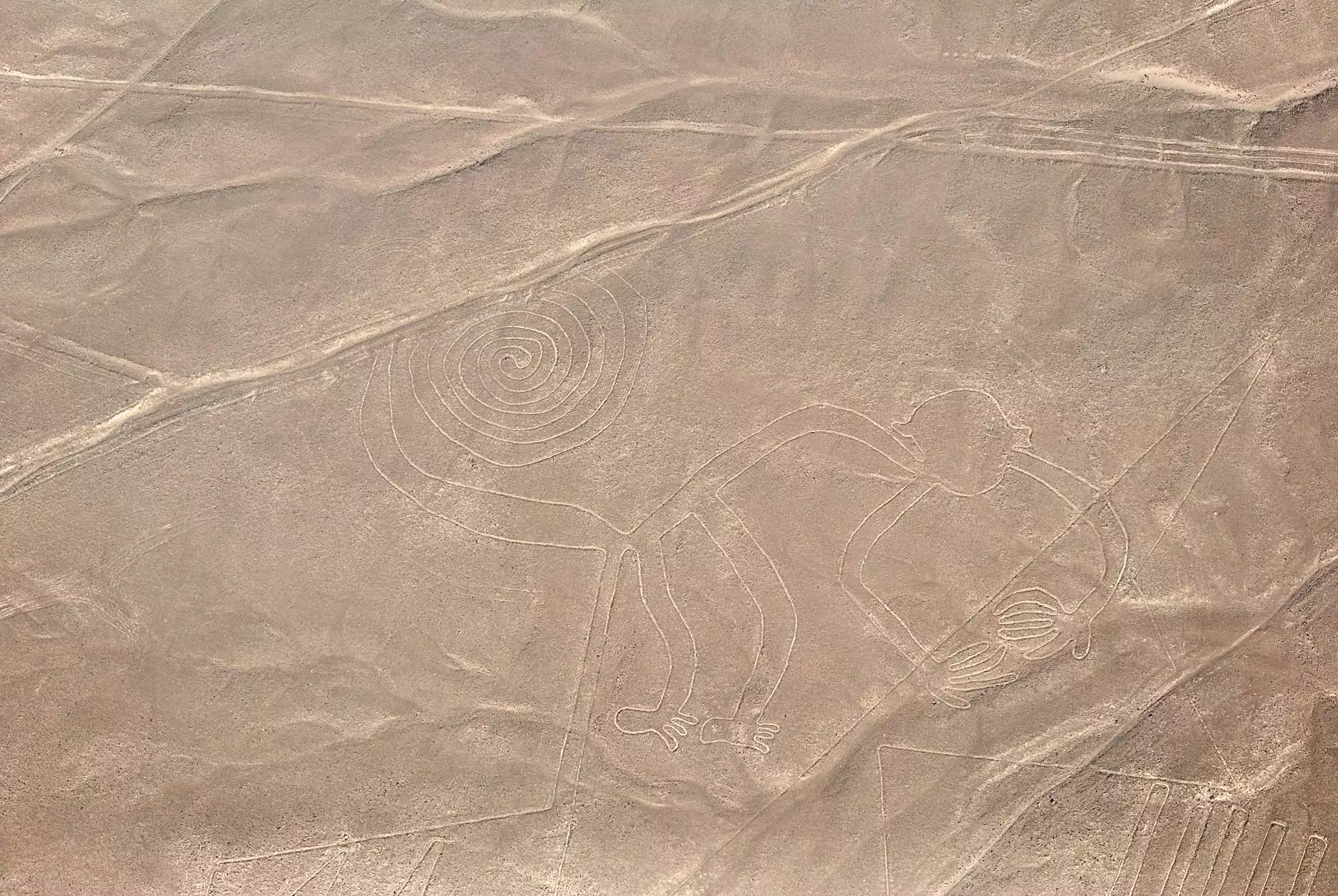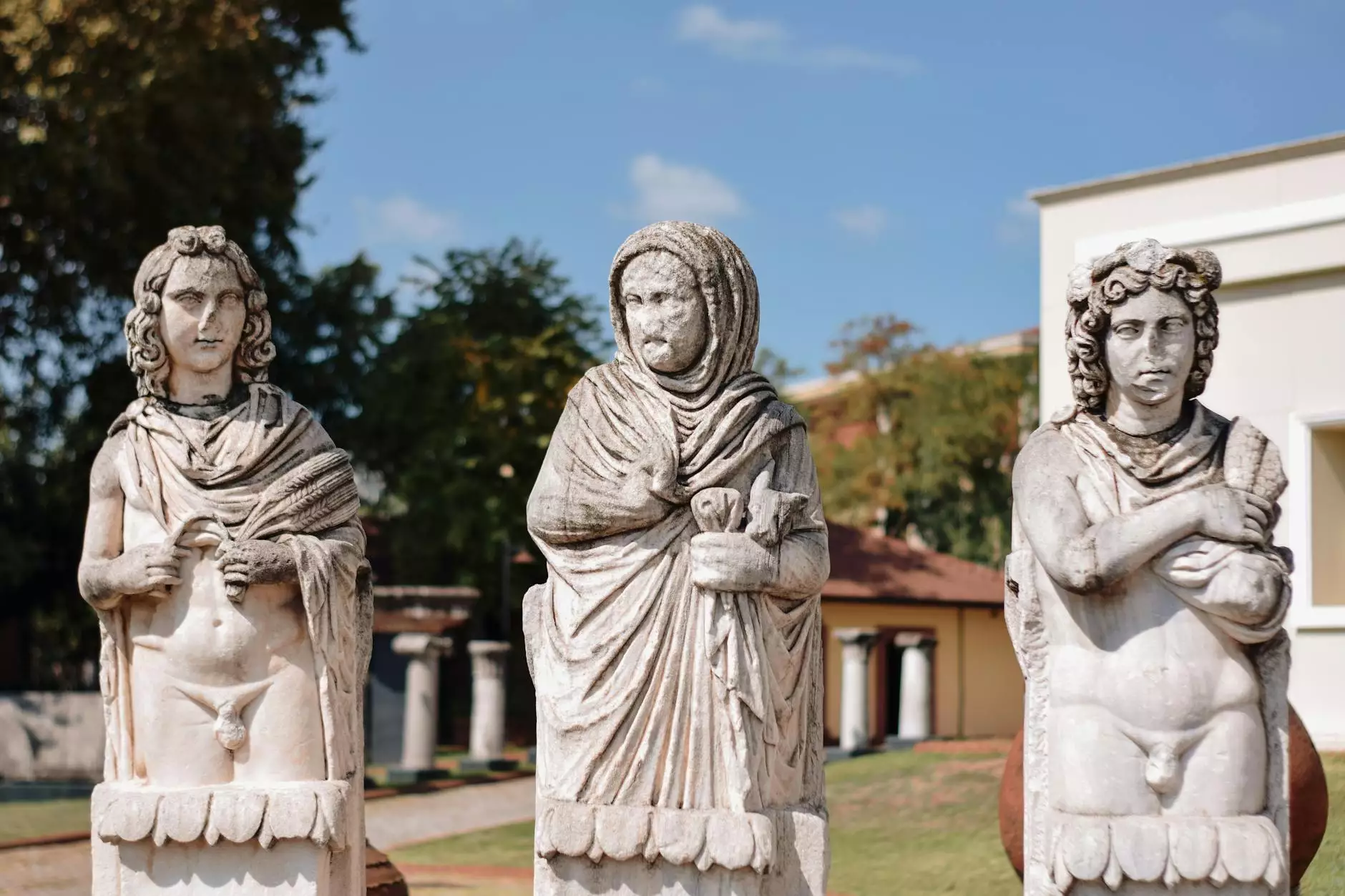Compare and Contrast the 13 Colonies
Services
SEO Studios welcomes you to delve into the rich history of the thirteen colonies in colonial America. Exploring the similarities and differences among these colonies is crucial to understanding their unique contributions to the development of the United States.
Overview of the 13 Colonies
The thirteen colonies were established by European nations in the 17th and 18th centuries. Each colony had its own set of characteristics, including geography, economy, government, and culture. Let's compare and contrast these colonies in more detail:
New England Colonies
The New England colonies, including Massachusetts, Connecticut, Rhode Island, and New Hampshire, were known for their rocky soil, cold climate, and reliance on shipbuilding and trade. These colonies placed a strong emphasis on education and religion.
Mid-Atlantic Colonies
The Mid-Atlantic colonies, such as New York, New Jersey, Pennsylvania, and Delaware, were characterized by their diverse population, fertile land, and economic diversity. These colonies played a significant role in trade and commerce.
Southern Colonies
The Southern colonies, including Virginia, Maryland, North Carolina, South Carolina, and Georgia, had a warm climate, fertile soil, and relied heavily on agriculture, particularly tobacco, rice, and indigo. These colonies had a hierarchical society with a significant reliance on enslaved labor.
Comparing and Contrasting the Colonies
When comparing the 13 colonies, it's essential to consider their economic activities, social structures, political systems, and relationships with Native Americans. While each colony had its unique characteristics, they shared common experiences in terms of colonial governance and resistance to British rule.
Similarities Among the Colonies
- Economic Dependence: Most colonies relied on agriculture as a primary economic activity, with trade playing a crucial role in their prosperity.
- British Influence: The colonies shared a common heritage of British colonial rule, which shaped their legal systems and governance.
- Colonial Resistance: The colonies united in their opposition to British taxation and policies, leading to the American Revolution.
Differences Among the Colonies
- Geography: The colonies varied in terms of climate, natural resources, and terrain, influencing their economic activities.
- Social Structure: Social hierarchies differed among the colonies, with some colonies having a more rigid class system than others.
- Cultural Practices: The colonies developed unique cultural traditions, influenced by diverse immigrant populations and interactions with Native Americans.
Explore the Legacy of the 13 Colonies
By examining the similarities and differences among the 13 colonies, we gain a deeper understanding of America's colonial past and the factors that shaped its development. The legacy of the colonies continues to influence modern-day society, politics, and culture.
Feel free to reach out to SEO Studios for more information on colonial history and discover how our SEO services can elevate your online presence.









